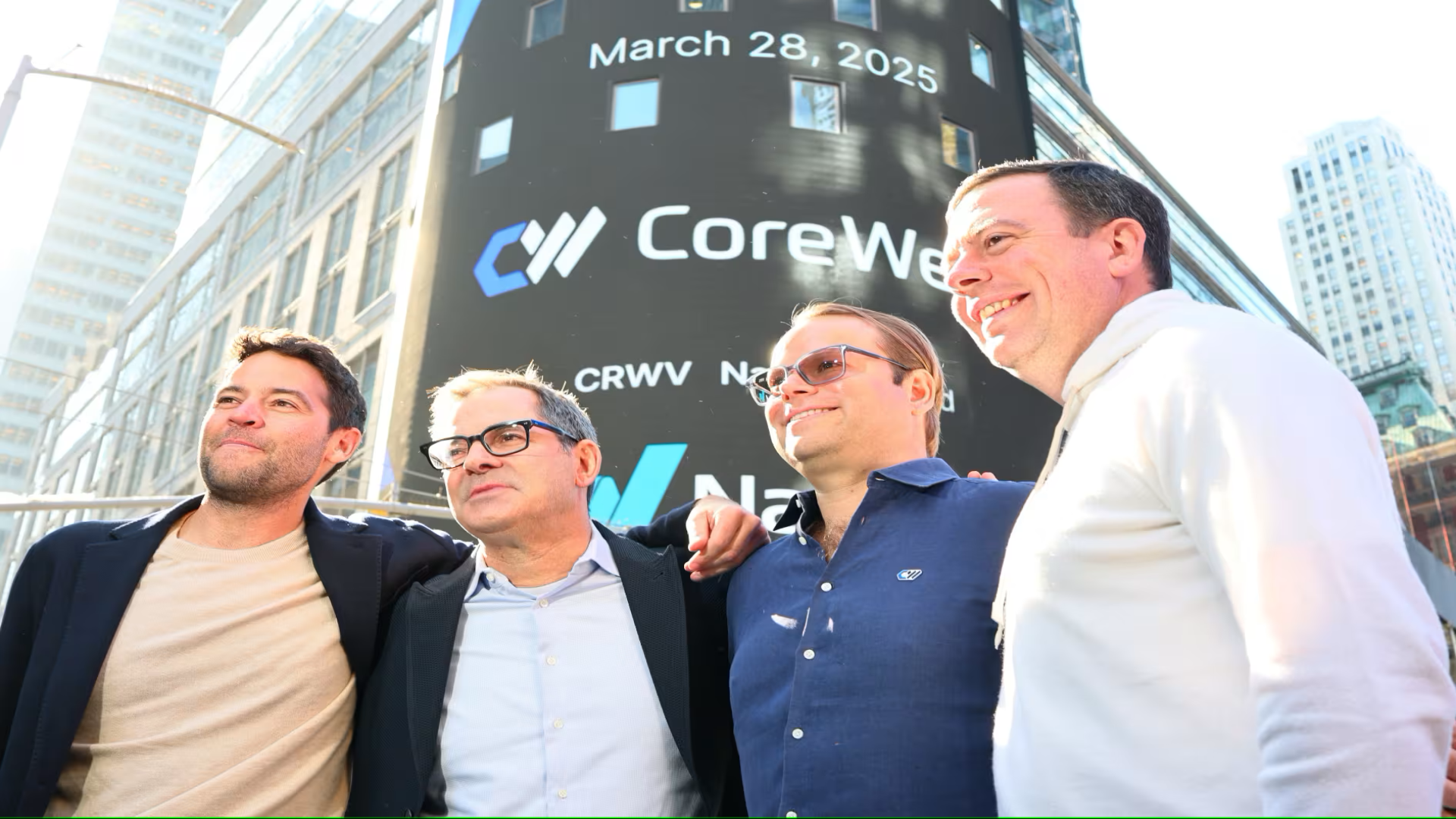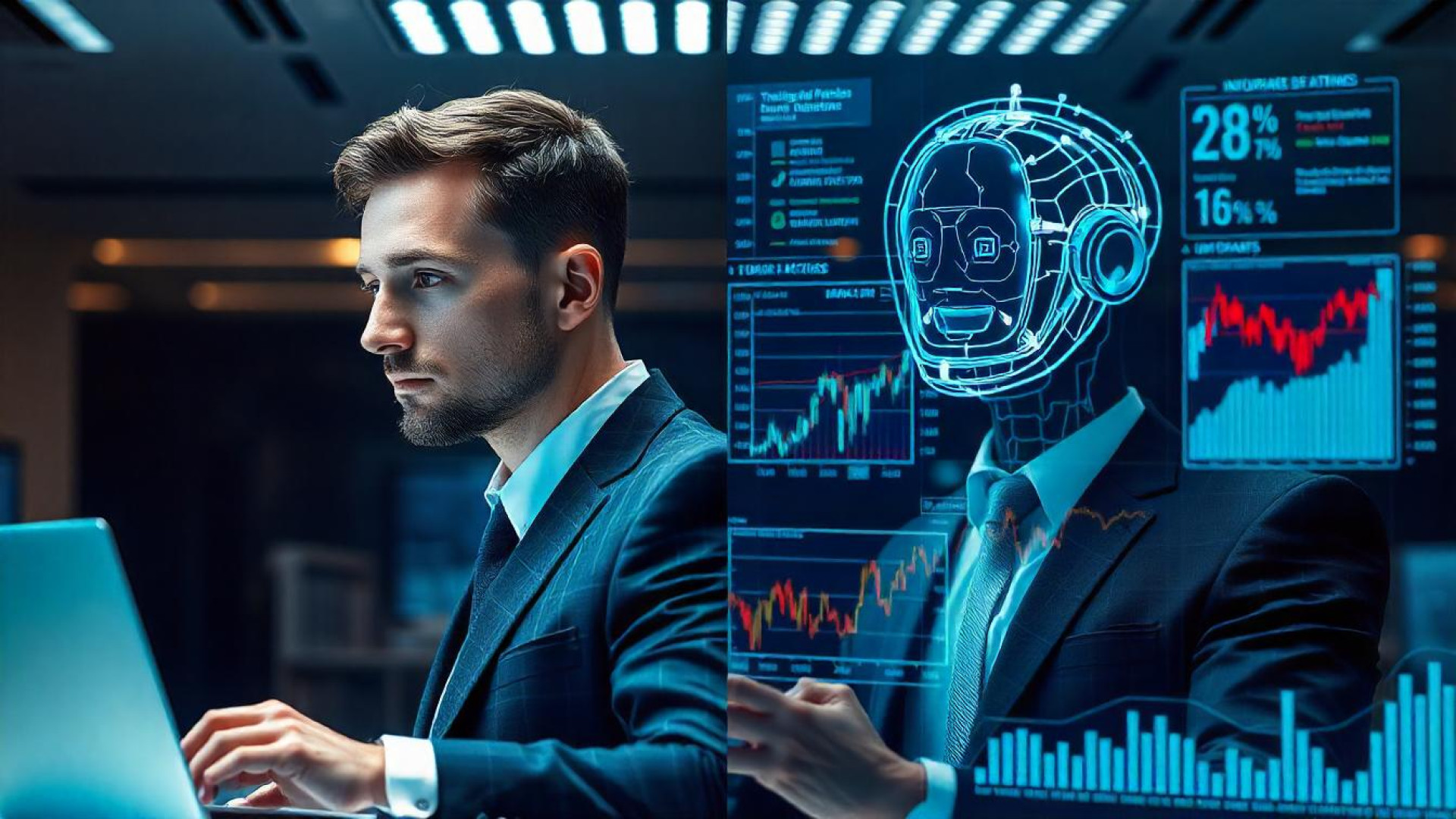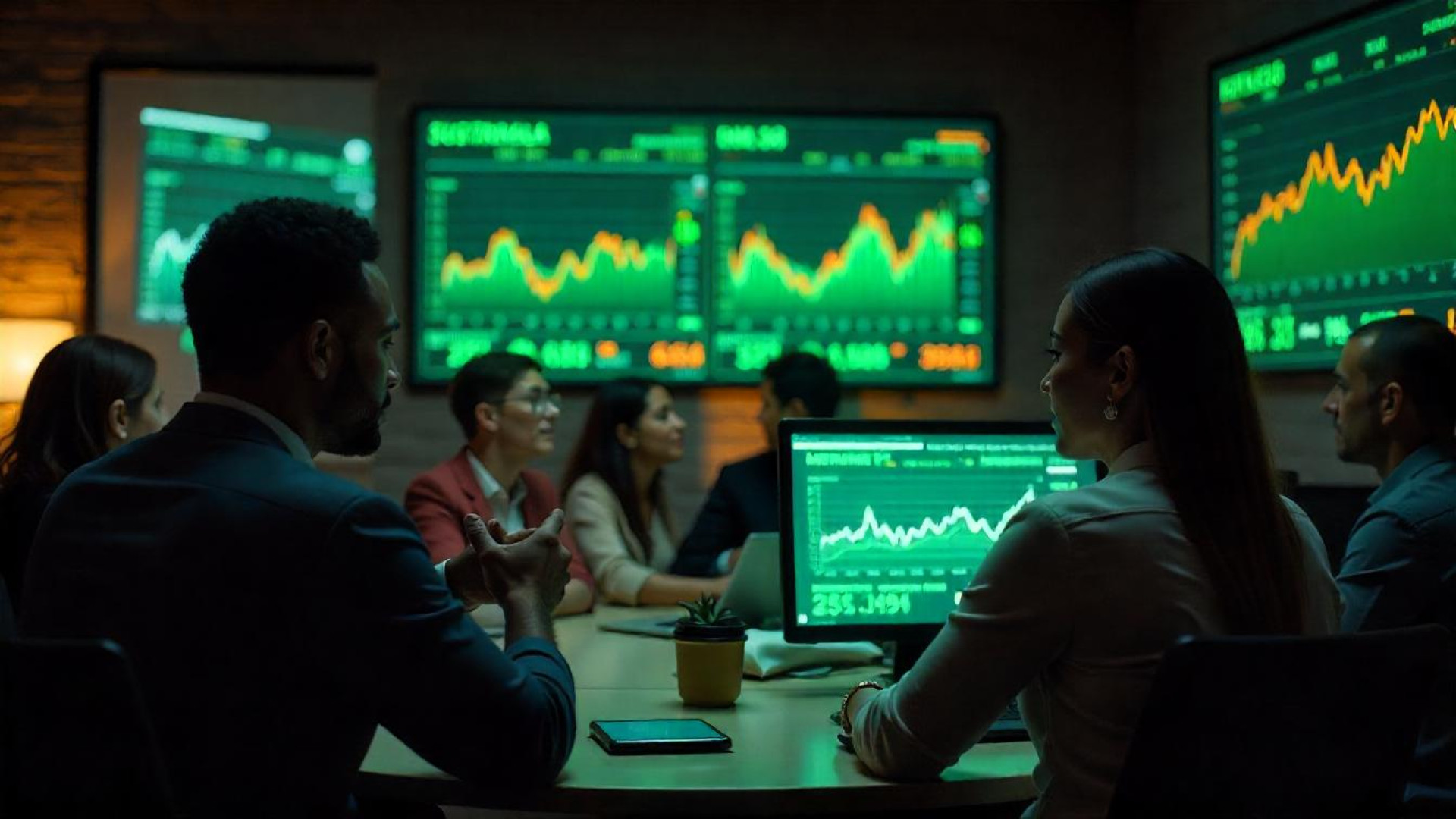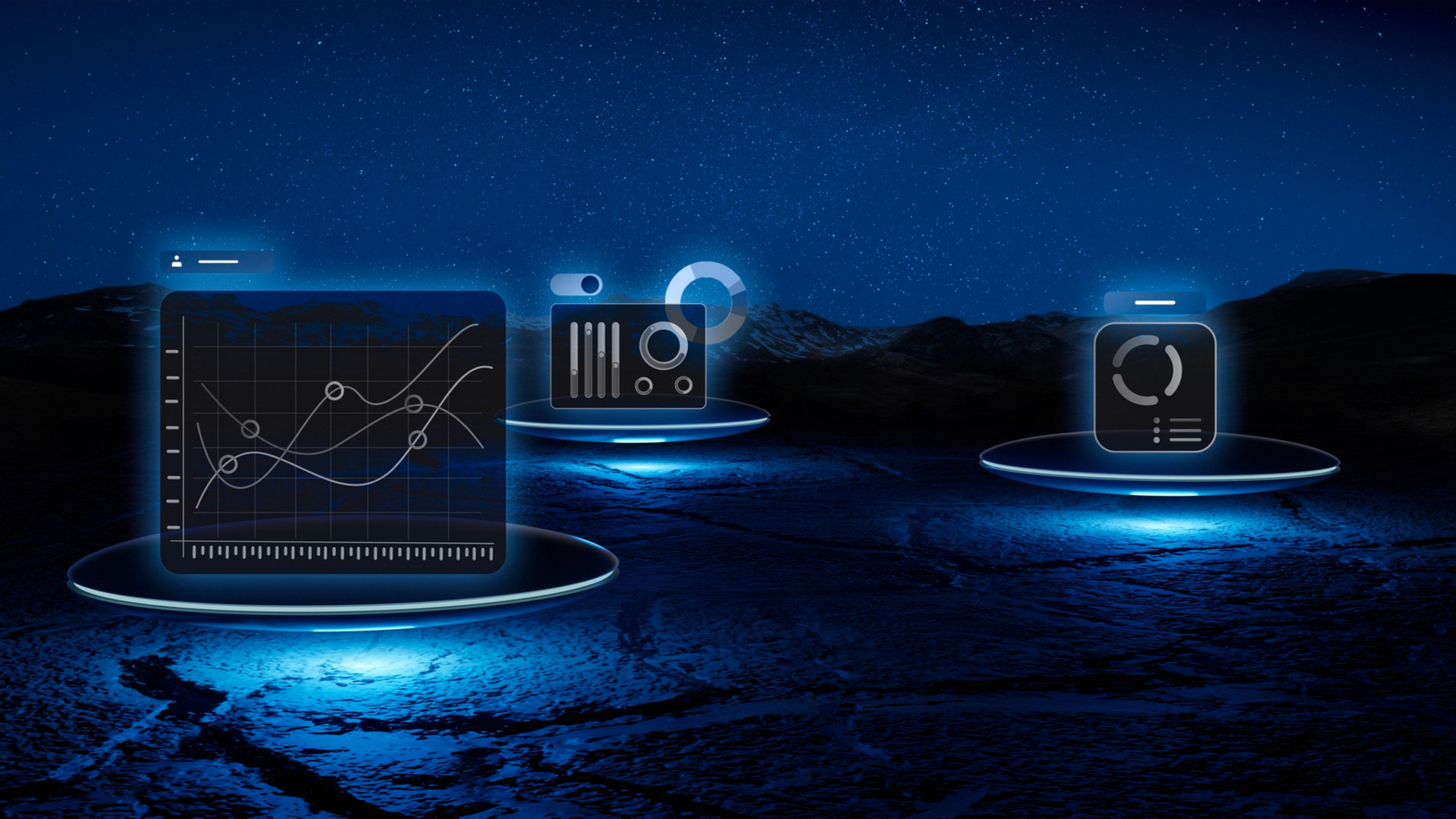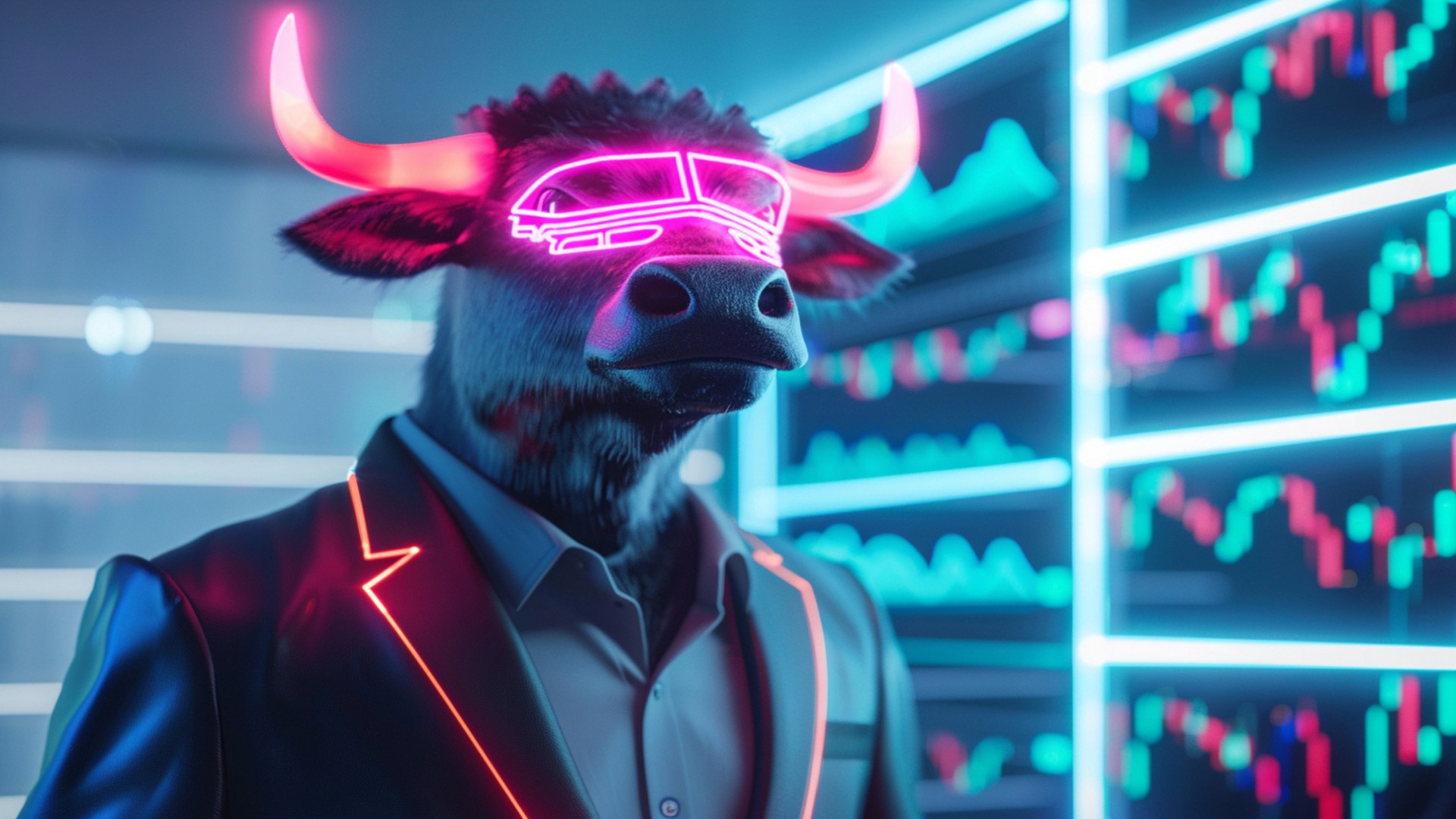Blog Details
24 March, 2021
Understanding Risk in AI-Powered Trading Systems
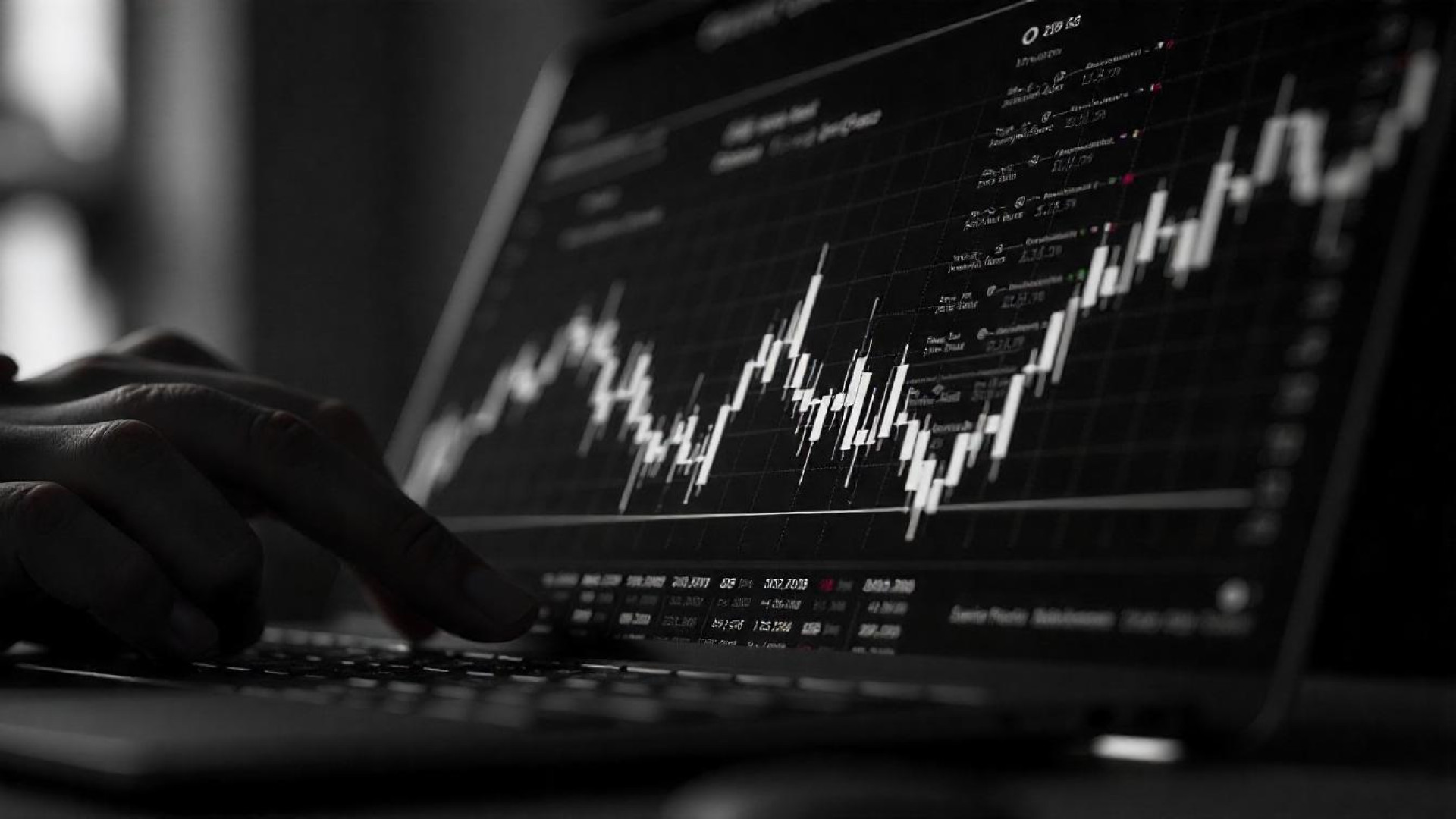
AI-powered trading systems promise unparalleled efficiency and profitability, but they are not without risks. Investors who rely on these systems must understand the potential pitfalls and develop strategies to mitigate them. One major concern is algorithmic bias, which can occur when the AI system is trained on incomplete or unrepresentative data. This can lead to skewed predictions and suboptimal investment decisions.
Another risk is market over-reliance on AI. As more traders adopt similar algorithms, market diversity decreases, leading to increased volatility during unexpected events. The 2010 Flash Crash is a prime example, where automated trading algorithms triggered a cascade of sell-offs, causing a significant market dip within minutes.
Operational risks, such as technical glitches and cybersecurity threats, also loom large. A malfunctioning AI system can execute erroneous trades, leading to significant financial losses. Additionally, sophisticated hacking attempts can target trading algorithms, compromising data integrity and security.
To mitigate these risks, investors must ensure proper oversight and periodic audits of their AI systems. Diversification of strategies and incorporating human intervention can act as a safety net against unforeseen market disruptions. By understanding the complexities of AI-powered trading, investors can harness its potential while minimizing its drawbacks.
